Classic Computing 2021: Back for good!
Compared to these two pieces, the next Atari system was a huge success: the ST-Book. A radical resign of the laptop design, Atari removed the 3,5“ disk drive, replaced bulky connectors with smaller ones and design the whole system to be as energy efficient as possible. This was a whole 16/32 bit ST in a slim case, light weight (two kilo) and a battery life of up to ten hours. ST-Books tend to be fragile and this one didn’t work unfortunately.
Two after-Atari products played tag-team at the Classic Computing. One was a Samsung DVD player with the Nuon chipset, enabling the DVD player to play games. The DVD player was connected to a TV card of a Milan, a 1997 Atari ST clone. The owner switched between doing word processing and games on this very special combo. Another ST clone was exhibited as a motherboard only: The Eagle, notable for its exchangeable CPU design that was never utilised.
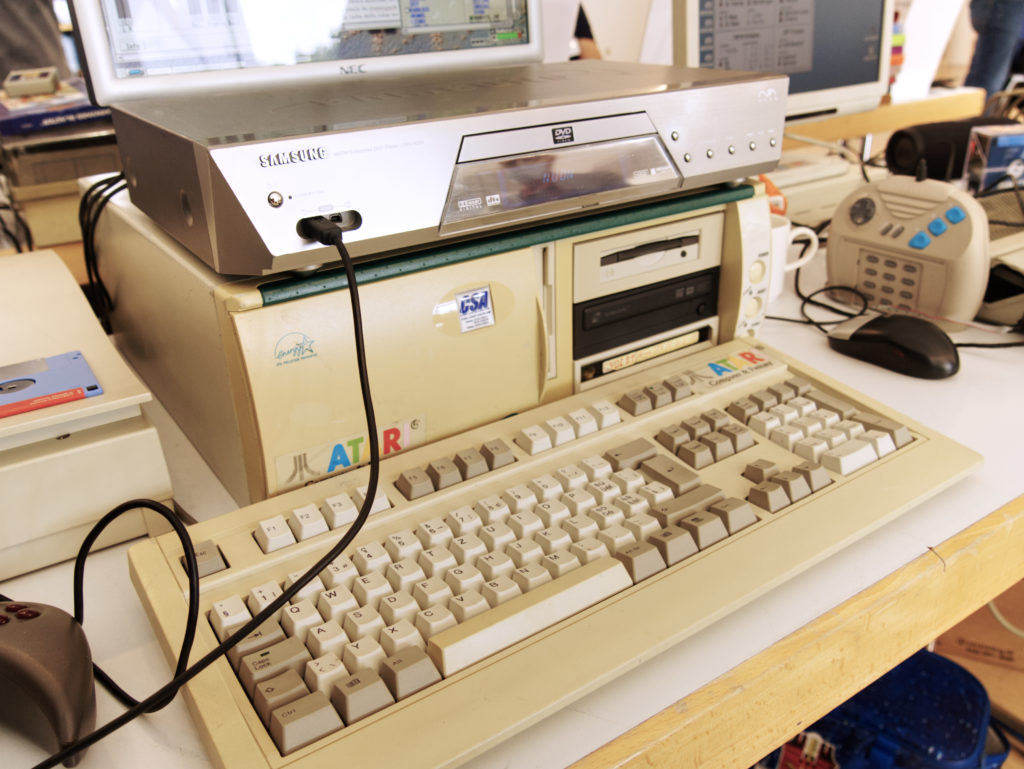

Videogame console, made in Germany
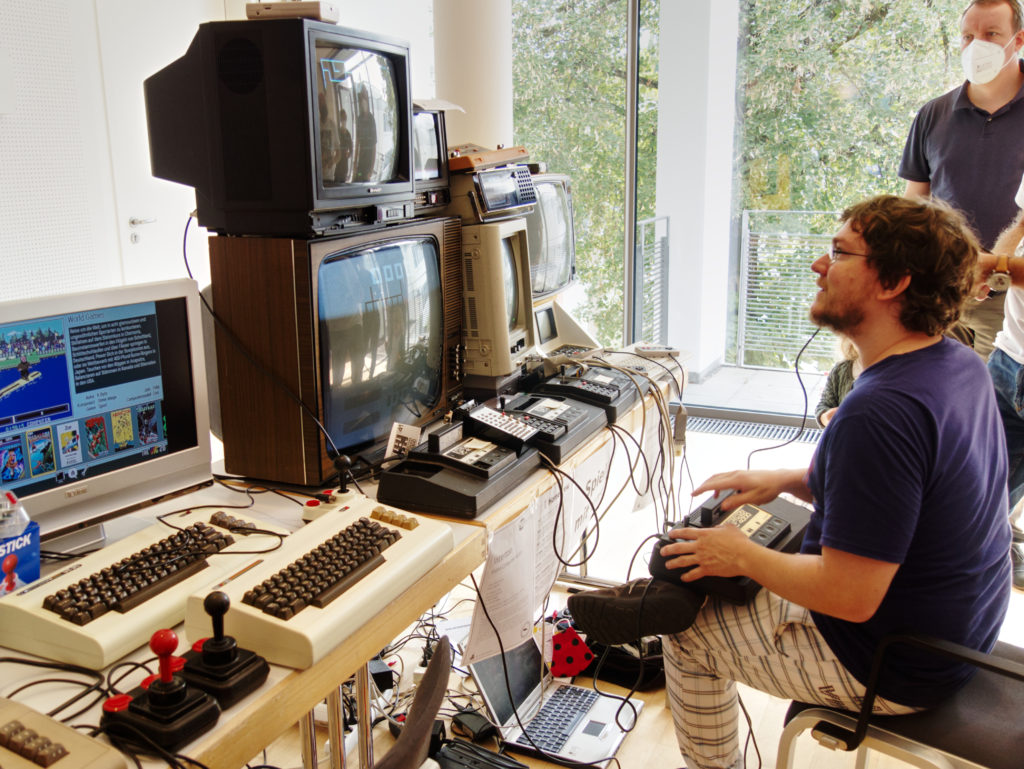
Although I think that no other company can combine innovation and market failure as good as Atari, I have to give credits to Interton. Interton was a German manufacturer of hearing aids that entered the console market in 1978. The console had even less RAM (37 byte) than the Atari VCS (127 byte), but was cheaper and survived in its low-cost niche until 1983.
Not everything about the system was cheap though: The two controllers had a keypad (12 keys) with two fire buttons and an analog joystick.
It’s not uncommon to see an Interton at a German retro show, but three of them is a rare sight. The owner of these machines is a developer who managed to write his own games for the system: ports of Flappy Bird, Canabalt, Kaboom! and Tetris.
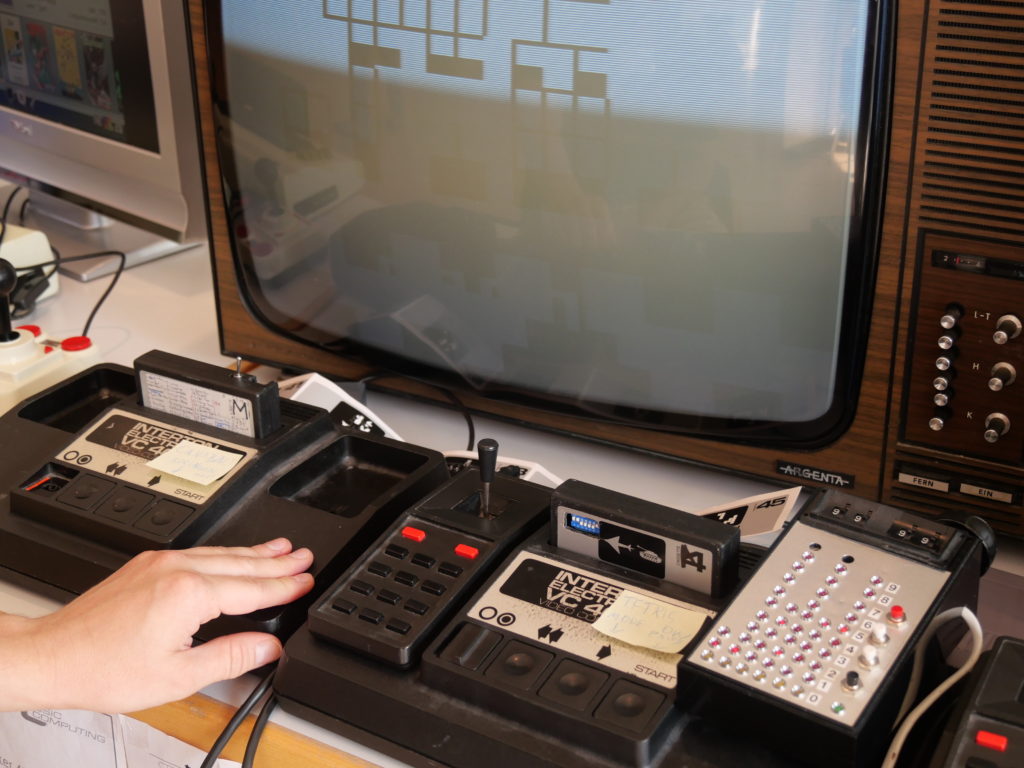
Classic Computing 2021
Despite some concessions due to corona rules, Classic Computing 2021 was as good as my last one in 2008. Vöhringen was of course quite a trip from Cologne, but I planned my after event itinerary. After plenty of retro goodness, I made stops at Blaubeuren, Biberach an der Riss and Sindelfingen.

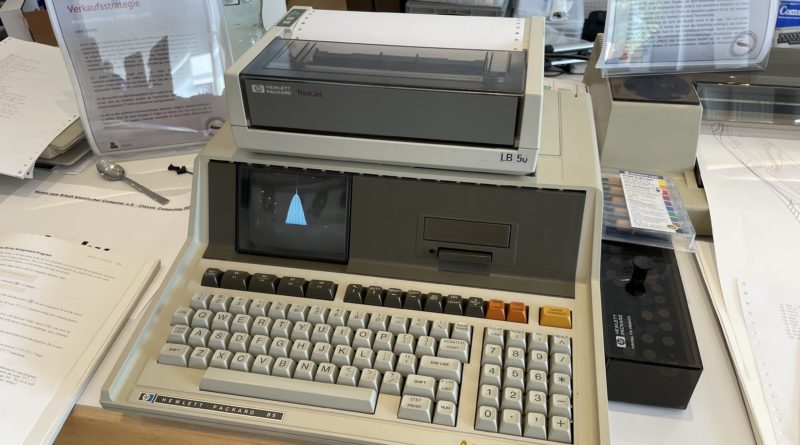
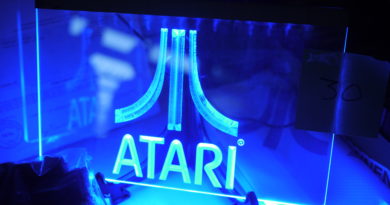
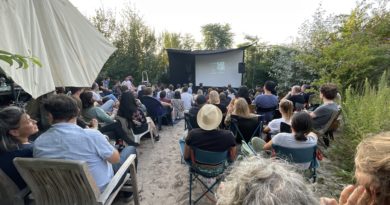

Pingback: Xperion Days 2021 - Cosplay, Casemods & Retro - Take me to Germany!
Pingback: Xperion Days 2021 - Cosplay, Casemods & Retro - Take me to Germany!